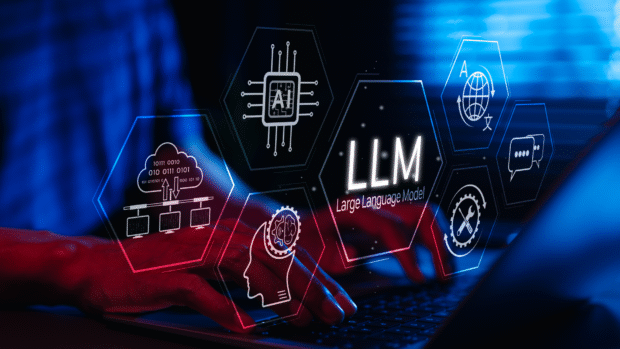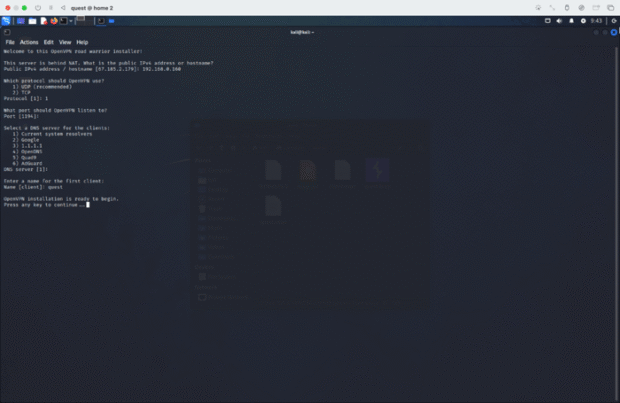
Creating a feedback loop for assessing your understanding of cybersecurity is essential for continuous improvement and mastery of the subject. This guide outlines effective methods for self-assessment, tracking progress over time, and enhancing your cybersecurity knowledge.
Understanding the Feedback Loop
A feedback loop in cybersecurity involves a systematic approach to evaluate your knowledge, identify gaps, and implement strategies for improvement. The process typically includes:
- Self-Assessment: Regularly evaluate your understanding through structured assessments.
- Tracking Progress: Use tools and metrics to monitor improvements over time.
- Continuous Learning: Adapt learning strategies based on assessment results.
Methods for Self-Assessment
1. Cybersecurity Self-Assessments
- Utilize frameworks like the NIST Cybersecurity Framework to assess your understanding across five key areas: Identify, Protect, Detect, Respond, and Recover. Each area includes statements that you can rate yourself against to gauge your knowledge level
2. Online Quizzes and Tests
- Engage with online platforms that offer quizzes on various cybersecurity topics. These can provide immediate feedback on areas where you need improvement.
3. Peer Reviews
- Collaborate with peers to review each other’s knowledge and skills. This can involve discussing recent cybersecurity incidents or sharing insights on best practices.
Tracking Progress Over Time
1. Documentation
- Maintain a journal or digital log of your assessments and learning milestones. Documenting your progress helps visualize growth and identify persistent weaknesses.
2. Use of Assessment Tools
- Leverage tools like the CIS Controls Self Assessment Tool (CIS CSAT) to prioritize and track the implementation of security best practices . These tools help you see where you stand in relation to established standards.
3. Set SMART Goals
- Establish Specific, Measurable, Achievable, Relevant, and Time-bound goals for your learning journey. For instance, aim to complete a specific number of online courses or certifications within a set timeframe.
Continuous Improvement Strategies
1. Regular Review Cycles
- Schedule periodic reviews (e.g., quarterly) of your self-assessments and progress logs to ensure that you remain on track with your learning objectives.
2. Incorporate Feedback
- Actively seek feedback from mentors or industry professionals regarding your understanding and application of cybersecurity concepts. This external perspective can highlight areas for further development
3. Join Cybersecurity Communities
- Participate in forums or groups dedicated to cybersecurity discussions. Engaging with others can provide insights into current trends and challenges in the field.
Conclusion
Establishing a robust feedback loop for assessing your understanding of cybersecurity not only enhances your knowledge but also prepares you for real-world applications in this rapidly evolving field. By employing self-assessment methods, tracking progress diligently, and committing to continuous learning, you can significantly improve your cybersecurity competence.
This structured approach will help you stay informed about the latest developments in cybersecurity while fostering a proactive mindset toward personal growth in this critical area.
#Cybersecurity #SelfAssessment #ContinuousLearning #NISTFramework #CISControls #TrendingNow #InspirationDaily #ExploreMore #LifestyleTips #InTheNews #DigitalAge #Insights #Innovation #BehindTheScenes #WorldView #Digital #forensic #postyhive
Read more on our more trending Special page












Be the first to leave a comment